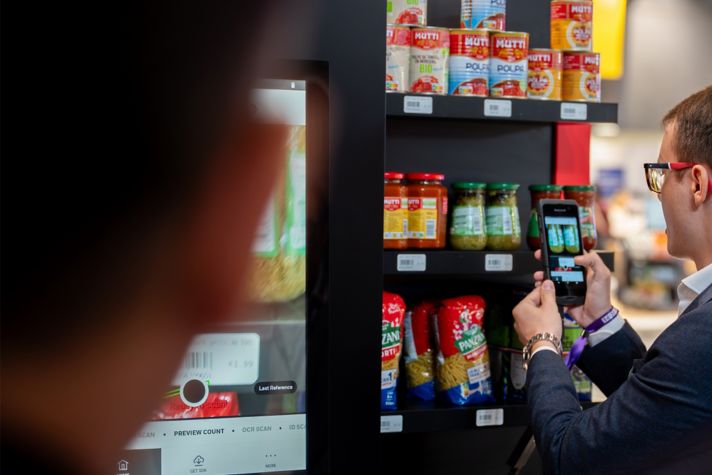Data is the lifeblood of transportation and logistics companies, as it is in so many sectors today. For the third-party logistics (3PL) firms that now make up such a significant part of this industry, it’s used for everything from planning delivery routes and tracking shipments to managing inventory and optimizing staff workflows.
That’s not really news, but the nature of that data has changed. In the past, it would have been fairly static, with 3PLs relying on manual processes to update and maintain their records, even in the early years of the much-vaunted digital transformation. In recent years however, data volumes have increased exponentially, as companies have started using sensors and other digitally enabled devices to generate reams of real-time data about every aspect of operations.
So now the volume of data has grown to such an extent that 3PLs are striving to find new ways to keep up with it, to manage it successfully. It’s difficult to harness so much information in a way that actually supports business success. Capturing the data is just the first step, and if that step isn’t handled efficiently, it can actually harm the growth of 3PLs.
So, how can they deal with the data deluge?
Here are 3 ways to harness and utilize data successfully to optimize 3PL performance.
Get proactive
As much as transport and logistics operators would like one, there is no crystal ball that can tell the future of demand. But perhaps the next best thing in terms of aiding proactivity is predictive analytics. With the right software and hardware in place, data can be used to inform predictive analytics processes, helping 3PLs to analyze patterns, trends, and behaviors to spot opportunities to optimize operations.
When being able to adapt seamlessly to shifts in the market is key to success in the 3PL sector, leveraging devices and platforms that enable deep integration across the supply chain improves on data capture and visibility. This in turn enables 3PLs to track, analyze and report on operational performance and identify different areas for process improvement. For example, these types of solutions can generate insights around device usage and health, enabling 3PLs to manage resources efficiently and reduce unexpected device downtime.
Also, 3PLs can benefit from state-of-the-art barcode scanning capabilities and best-in-class computing processor performance that streamline and error-proof work from packing to delivery.
Respond efficiently
Second, 3PLs can use Artificial Intelligence (AI) based tools to assist with the management of data, and to surface real-time insights that assist with improving time-sensitive processes, such as last mile delivery.
AI has been the talk of the town since the launch of ChatGPT in 2022, but the discussions are often centered around a vague idea of what the future could be – good or bad. But what 3PLs need is technology that can enable them to improve now.
And that technology exists. AI, along with machine learning and the Industrial Internet of Things, can be used to vastly increase the volume of data 3PLs can capture, process, and analyze. In turn, this can be used to program warehouse robotics solutions which continually improve and adapt to changing conditions.
Stand out in a crowded market
The 3PL market is an incredibly crowded one. Particularly in markets like the EU and LATAM, this fragmentation makes it challenging for organizations to stand out. Customers are more demanding when it comes to price, convenience, speed, and reliability now. That means the retailers who rely on 3PLs are also demanding these characteristics.
This is another area where the sophisticated use of data can help 3PLs, through the development of personalized and engaging customer experiences. By using devices, such as advanced scanners, smart printer platforms, and handheld mobile computers, alongside software that provides the best in operational intelligence, 3PLs can make sure the foundations are in place to distinguish themselves in the marketplace.
Tying it all together
To enable all of this to happen, the data 3PLs hold must be secure. When it sits across so many domains and is accessed via so many devices, the task of cybersecurity becomes ever more complex. Across a greater surface, there are inevitably more potential vulnerabilities. Those can be exploited by bad actors or simply more susceptible to accidental data loss.
By leveraging secure platforms like Honeywell Mobility Edge or Honeywell Printer Edge, 3PLs never have to face version compatibility gaps or backporting, ultimately providing a far better return on investment while keeping data secure at all touchpoints.
The danger of lax cybersecurity has already been recognized by transport and logistics authorities around the world, with the EU’s call for 3PLs to beef up their cybersecurity the most recent example. Data can and must be turned to the benefit of 3PLs, but it first needs to be fully secure. That means that, while seeking out solutions that instill agility and efficiently, 3PLs should choose those that feature cybersecurity by design, rather than as an add-on or afterthought.






